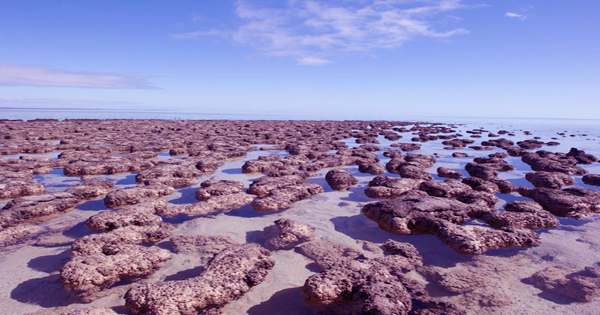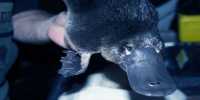The discovery of these volcanic fluids triggered a microbial community much later than the impact that made this case even stronger. Earlier this year, geologists announced a huge aquatic province beneath the Chixulab crater left behind by “dinosaur-killing asteroids.” The search was described as an important source of possible sources of life.
The slow cooling created a long window as the effect of the asteroid’s heat spread, where temperatures were ideal for thermophilic lifeforms formed around volcanic vents. A vent system was drilled 1,335 meters (0.8 miles) into the Chixulab crater where hot liquids flowed through perforated rocks for millions of years after asteroid impact. Initially the temperature would exceed 300 degrees centigrade (570ºF).
At a time when the coast was a very safe place to live – some of the effects were enough to blow up the whole ocean – these locations could play an important role in saving lives or even creating. If this had happened in the case of Chixulub, according to geologists, it would have been the same in the case of the 2,000 large objects that collapsed into the earth when life began during the Hadean era.
The next step in formulating lawsuits for those affected by life as a cradle was to show the organism evolving in the inland province of Chicxulub’s. In a new study of astrobiology, a team led by Dr. David Kring of The Lunar and Planetary Institute did just that, describing the discovery of a small sphere 0.01 mm wide of mineral pyrite. The isotopes of these balls showed that they were produced by germs that grew below the surface 2.6 million years ago, drawing the shortest asteroid in the system.
These microbes convert sulfate into heated volcanic liquids to sulfide, probably using hydrocarbons as electronic donors. The germs are long gone but the sulfide they left behind is proof of their presence. Similar thermophilic organisms are found in hydrothermal systems. Although living processes can leave traces of sulfide, the sulfur 32: sulfur 34 ratios Kring found is unique to the output of biological processes.
However, similar sulfide isotope ratios have been found at the bottom of the smaller Houghton and Rochert craters. The Chixulab Crater was not only chosen for its fame and immense role in evolutionary history. It is the best-preserved massive crater on the planet. Others of similar size or larger have resized over time.
Even without Darwin’s proposed “warm stationary pond”, this possible life has emerged in a system about a mile below the earth’s surface around a variety of hydrothermal vents at the bottom of the ocean. Hydrothermal systems under straw could save lives in the Hadean era when particularly large impacts could disinfect the planet’s surface; the evolutionary process is forcing us to start from scratch.
















